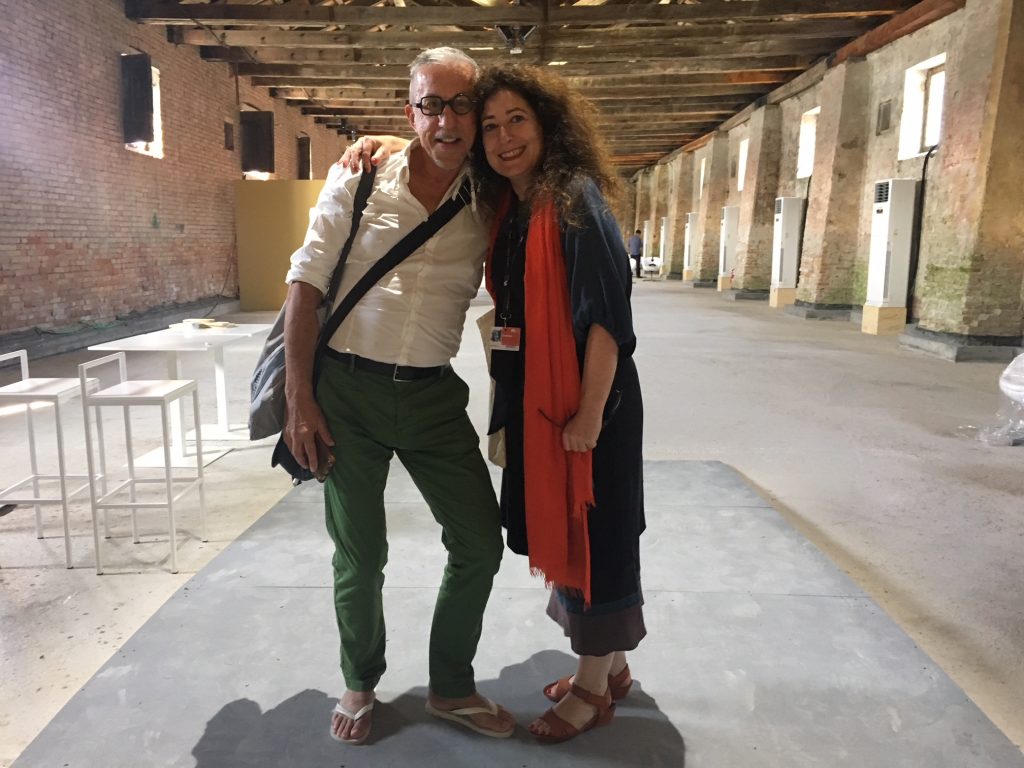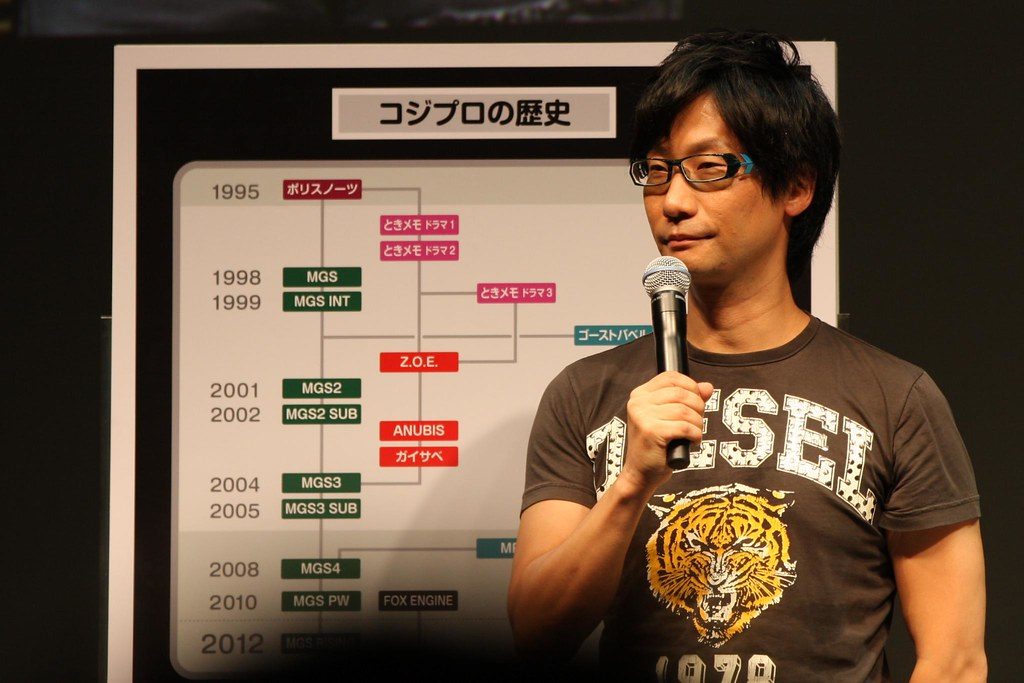Submarine Channel

“Venice will come to you” – An interview with Michel Reilhac and Liz Rosenthal, curators of Venice VR 2020
“Venice will come to you” – An interview with Michel Reilhac and Liz Rosenthal, curators of Venice VR 2020
Key points:
-
It’s the beginning of a new form of art and entertainment that mixes immersive theater and video games
-
Social VR: Virtual reality is no longer something you need to experience alone
-
There are more and more ways of using your body as an interface to be interactive in a virtual world. Even your breathing
“It’s very, very complicated,” begins Michel Reilhac. “Planning events online is actually more work than doing it in real life. It needs different skills and production teams behind it,” affirms Liz Rosenthal.
Michel Reilhac (immersive media creator, former Head of Cinema at ARTE France, Submarine Channel alumnus) and Liz Rosenthal (immersive storytelling pioneer, Executive Producer of CreativeXR, Founder & CEO of Power to the Pixel) are, for the fourth year in a row, the curators of the virtual reality section at the Venice Film Festival. After three editions held on the immaculate location of Lazzaretto Vecchio, an island in the Venetian lagoon, the pandemic forced them to stage this year’s edition entirely online. The task presented novel challenges.

Michel Reilhac and Liz Rosenthal at Venice VR 2018. Pre-covid times…
“Right now, the landscape of VR is a jungle. It’s very chaotic: there is no common code. You have many different ways of accessing a piece and there’s nothing that unifies them,” specifies Reilhac.
“From the beginning, we decided that we wanted to go with the platforms for which the pieces were designed. This means we’re articulating the navigation between VRChat, Viveport and Oculus plus other platforms that were designed specifically for some of the pieces that we’re showing. Finding a way to help the viewers navigate from one project to the other is proving quite challenging,” he adds.
“On the bright side,” chips in Rosenthal, “it’s very exciting. Over the past few months, we’ve seen an acceleration of technology and new art forms due to the ‘new normal’ of working and making art remotely. For example, there are new ways of staging live performances in virtual reality. And that’s an incredibly exciting thing that we would have not seen otherwise.”
I’m quite curious and I ask her to elaborate further. “In the past couple of years but especially since the beginning of the pandemic, many artists started to experiment with virtual worlds, using them to create real time experiences,” explains Rosenthal, “in short, the performers are mo-capped and streamed in real time into a virtual space that the audience can access embodied as avatars. It’s a sort of virtual, immersive theater. I believe this is the beginning of a totally new form of art and entertainment.”
“Of course, it’s still a nascent technology and there are important limitations. For example, the number of people you can get into a virtual world as embodied avatars at the same time is around 40. But hopefully, when theaters and exhibition spaces around the world will be fully reopened, we will see all sorts of hybridizations, with people in virtual and real life spaces experiencing art together,” she adds.
Michel Reilhac agrees. “Social VR is one of this year’s big trends,” he says, “Virtual reality is no longer something you need to experience alone but it can also be a way of creatively interacting with other people in the same virtual space. You can interact with the performers or you can even be a performer yourself. Last year, we had one prototype piece that was experimenting with this but this year we have four fully developed works that fall under this category, ranging from La Comédie Virtuelle to The MetaMovie: Alien Rescue. It’s the communal experience of being together in a virtual space.”
Considering the period of social distancing we’re still living, this kind of VR projects seems indeed very timely.
Speaking of the pandemic, gaming peaked in popularity during the months of lockdown, including VR hits like Half-Life: Alyx. I then asked the two curators of Venice VR whether they think games are becoming more important in the VR space.
“Several of the pieces that we’re showing are both games and stories,” replies Reilhac, “The greater integration of gaming with storytelling is the second big trend of this year’s edition of Venice VR. And that’s also why it’s so exciting that in our jury we have a legendary video game designer like Hideo Kojima.”
Besides Kojima, this year’s jury is composed by Celine Tricart, the founder of production studio Lucid Dreams and a world-renowned VR storyteller, and Asif Kapadia, the Oscar-winning documentary filmmaker of Amy, Senna and Diego Maradona. A pretty varied panel that highlights virtual reality as a field where talents from different artistic backgrounds converge.“There are so many people in the VR world working from very different media and artistic silos,” confirms Rosenthal, “all these different expertises gelling together are the necessary components to make beautiful and robust VR projects. In the VR space, you find visual artists, theater performers, filmmakers, musicians, sound artists, game designers and of course technologists like gesture recognition experts.”
Thanks to the last group, the possibilities of what the audience can do in a VR space are ever-growing. “With hand-tracking, you don’t need to hold a controller in your hand to do things in VR any longer,” says Reilhac, “There are more and more ways of using your body as an interface to be interactive in a virtual world. In one of the pieces we’re showing, you get to use even your breathing to interact with the work.”
The bottom line is that there’s a lot to look forward to in the line-up of this year’s edition of Venice VR. And the great news is that, thanks to collaborations with several cultural institutions around the world, owning a VR headset won’t be strictly necessary and many more people than the usual handful of festival aficionados will get to experience the works.
“For us, accessibility is key,” comments Rosenthal. And this is certainly a silver lining of this year’s online-only edition. “If you can’t come to Venice, Venice will come to you,” quips Reilhac.
This article is part of Submarine Channel’s Definitive Guide To Venice VR 2020
Credit header image: Mariana Kroutlin


